Selecting the right PETG resin is crucial for producing high-performance shrink films in food and beverage packaging. The choice of resin directly affects shrink consistency, transparency, mechanical strength, and printability, all of which determine the final quality and consumer appeal of packaged products. With increasing demand for eco-friendly, visually appealing, and durable packaging, brands and manufacturers must carefully evaluate resin properties, processing compatibility, and supplier reliability.
This article provides practical tips for choosing PETG resin, focusing on factors such as material performance, processing parameters, quality control, and sustainable sourcing, enabling manufacturers to produce shrink films that meet both aesthetic and functional requirements efficiently.
1. Choosing PETG Resin for Optimal Shrink Film Performance
Selecting the right PETG resin directly impacts the quality, durability, and appearance of shrink films. Practical considerations include:
-
Stable Shrinkage Across Production Speeds: High-speed film extrusion can amplify shrinkage variability. A resin like Ubest UB-101 maintains consistent shrinkage (>75%) across varying drawing rates, ensuring uniform coverage and tight packaging.
-
Transparency and Gloss: High optical clarity ensures products are visible, enhancing consumer appeal and brand perception. Glossy films create a premium shelf presence.
-
Thermal Responsiveness: The resin must shrink predictably under industrial heating systems, avoiding wrinkles, tears, or over-shrinkage that compromise appearance and protection.
2. Mechanical and Chemical Properties That Matter
High-quality PETG resins provide mechanical robustness while remaining compatible with packaging processes:
-
Tensile Strength and Elongation: Films resist tearing during bottling, packaging, and transportation. Adequate elongation allows films to conform to various container shapes.
-
Puncture and Impact Resistance: Critical for protecting products during shipping and handling, especially for delicate beverage bottles.
-
Chemical Resistance: PETG films often contact moisture, cleaning agents, or beverage acidity. Selecting chemically stable resin prevents deformation, discoloration, or degradation.
3. Processing Parameters for Efficient Shrink Film Production
Optimizing extrusion and drawing processes is essential for maximizing PETG resin performance:
3.1 Extrusion Conditions
-
Melt Temperature: Typically 240–260°C; uniform melt prevents streaks and ensures consistent film thickness.
-
Screw Design and Speed: Proper calibration ensures homogeneous melting without degradation.
-
Die Gap Control: Precise die gap reduces thickness variations, ensuring uniform shrinkage and high-quality surface finish.
3.2 Film Drawing
-
Stretch Ratio: Proper orientation in both longitudinal and transverse directions achieves uniform shrinkage across the film.
-
Cooling Methods: Controlled chill rollers or air cooling prevent surface defects while preserving transparency.
-
Orientation Control: Balanced biaxial orientation enhances shrink consistency and mechanical strength for demanding packaging scenarios.
4. Printability and Label Integration
PETG shrink films are often printed with brand graphics or labels. Resin selection affects print quality and adhesion:
-
Surface Energy: Sufficient surface energy allows inks to bond effectively without smudging.
-
Temperature Stability During Printing: High-performance resin resists deformation during thermal or UV curing of inks.
-
Compatibility with Coatings: Some shrink films use protective or matte coatings. Resin must allow adhesion without compromising clarity or shrinkage.
5. Quality Control and Consistency
Reliable shrink film production requires strict quality control:
-
Batch Consistency: Ensure uniform viscosity, melt flow index, and additive dispersion across production batches.
-
Dimensional Accuracy: Regular thickness measurements prevent over-shrinkage or gaps during packaging.
-
Optical Testing: Transparency and haze measurements guarantee premium visual appearance.
-
Shrinkage Testing: Simulate industrial heating conditions to verify targeted shrink percentages.
Ubest implements full-scale quality assurance to maintain consistent UB-101 resin properties, providing predictable performance for industrial-scale film lines.
6. Sustainability Considerations
Eco-friendly materials are increasingly important in food and beverage packaging:
-
Low Environmental Impact: PETG resin can be fully recyclable, unlike PVC-based shrink films.
-
Compliance with Global Standards: UB-101 meets EU and US safety and environmental regulations, including RoHS compliance.
-
Energy-Efficient Processing: PETG’s processing temperatures are moderate, reducing energy consumption during film extrusion.
Selecting sustainable PETG resin aligns with corporate responsibility goals and consumer demand for green packaging.
7. Supplier Reliability and ODM/OEM Support
For large-scale production, supplier reliability is crucial:
-
Consistent Supply: Ubest’s annual capacity of 100,000 tons ensures steady material availability.
-
Technical Support: Expertise in film extrusion, shrinkage calibration, and additive use enables rapid troubleshooting.
-
Global Reach: Ubest serves clients worldwide, including China, Southeast Asia, India, Europe, and the US, facilitating logistics and supply chain integration.
Collaborating with a reliable PETG supplier reduces production delays and maintains consistent quality for high-volume packaging lines.
8. Practical Tips Summary
When selecting PETG resin for food and beverage shrink films, focus on:
-
Shrinkage Stability: Ensure resin provides predictable shrinkage across production speeds.
-
Transparency and Gloss: High optical clarity improves product visibility and shelf appeal.
-
Mechanical Strength: Sufficient tensile, puncture, and impact resistance prevents film failures.
-
Processing Compatibility: Match resin with extrusion, drawing, and printing conditions.
-
Quality Assurance: Use tested resin with consistent batch performance.
-
Sustainability: Opt for recyclable, low-VOC, eco-friendly resin.
-
Supplier Support: Reliable production capacity, technical guidance, and global reach simplify scaling.
FAQ
Q1: Can PETG shrink film replace PVC in all food packaging applications?
A1: Yes, PETG offers superior transparency, shrinkage, and environmental benefits. However, processing parameters may differ from PVC, so calibration is essential.
Q2: What is the ideal shrinkage rate for PETG films?
A2: UB-101 PETG achieves consistent shrinkage over 75%, suitable for most bottles, cans, and multipacks.
Q3: How does PETG perform under high-speed extrusion?
A3: High-performance PETG resins like UB-101 maintain uniform melt flow and shrinkage even at high drawing speeds.
Q4: Is PETG suitable for food contact?
A4: Yes, compliant PETG meets EU and US food safety standards, including low VOC content and chemical inertness.
Q5: Can PETG films be printed directly?
A5: Yes, PETG surface energy and thermal stability allow high-quality printing and label integration.
Conclusion
Choosing the right PETG resin is pivotal for producing high-quality, durable, and visually appealing shrink films for the food and beverage industry. Factors such as stable shrinkage, optical clarity, mechanical strength, processing compatibility, quality control, sustainability, and reliable supplier support determine the success of packaging lines.
Ubest UB-101 PETG resin exemplifies these qualities, offering consistent shrinkage, high transparency, eco-friendly formulation, and full technical support for manufacturers worldwide. By following these practical tips, packaging producers can achieve efficient production, superior product presentation, and compliance with sustainability goals, ensuring a competitive edge in a fast-paced market.
www.wxubest.com
Wuxi Ubest New Material Technology Co., Ltd.

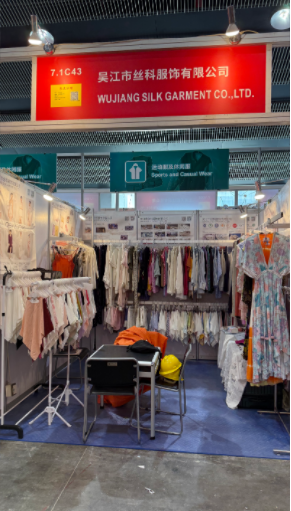

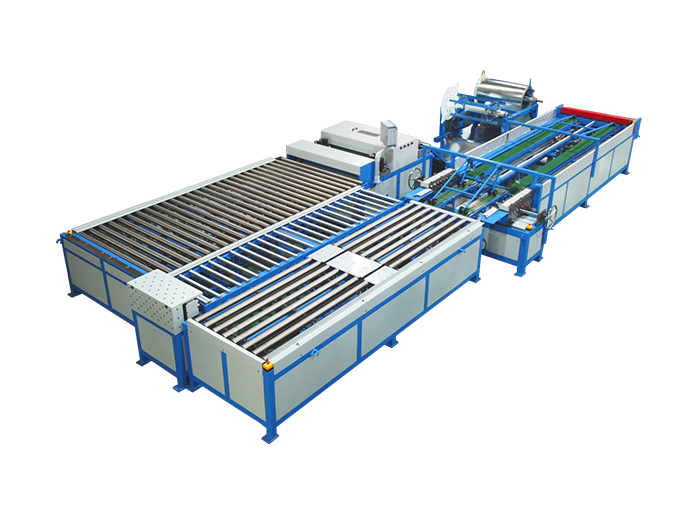

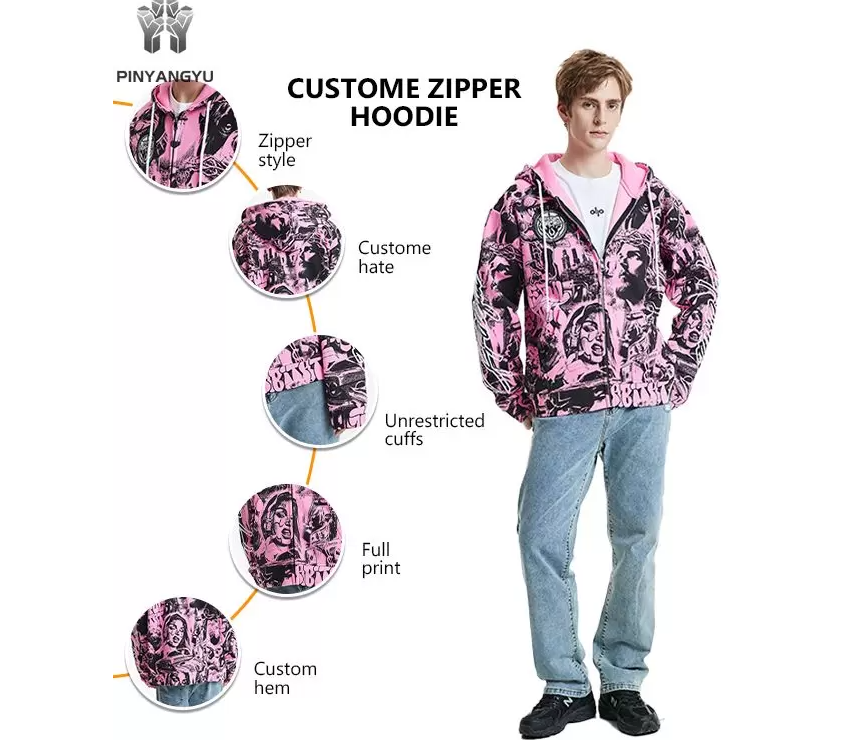

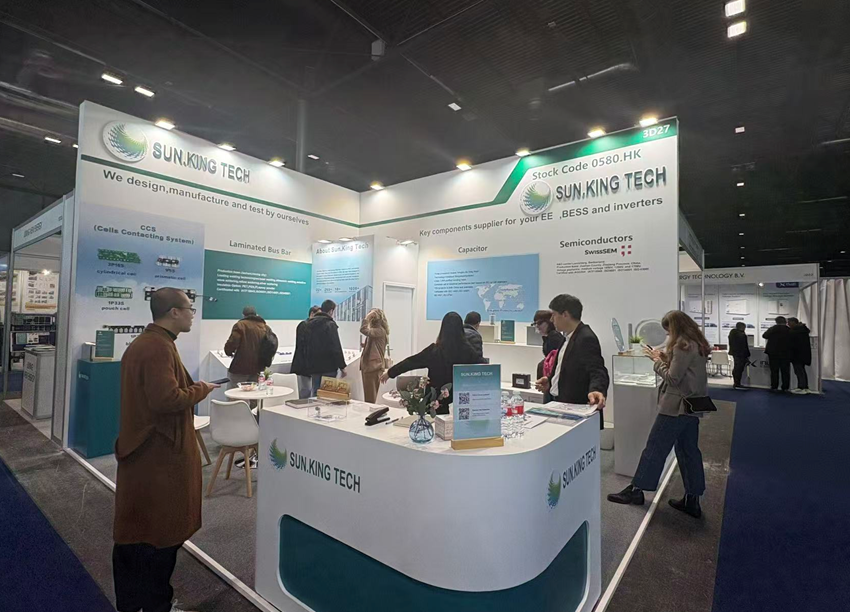
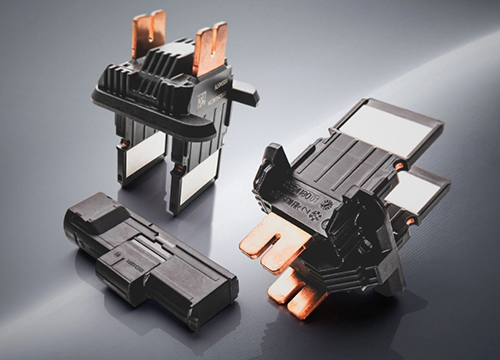
+ There are no comments
Add yours